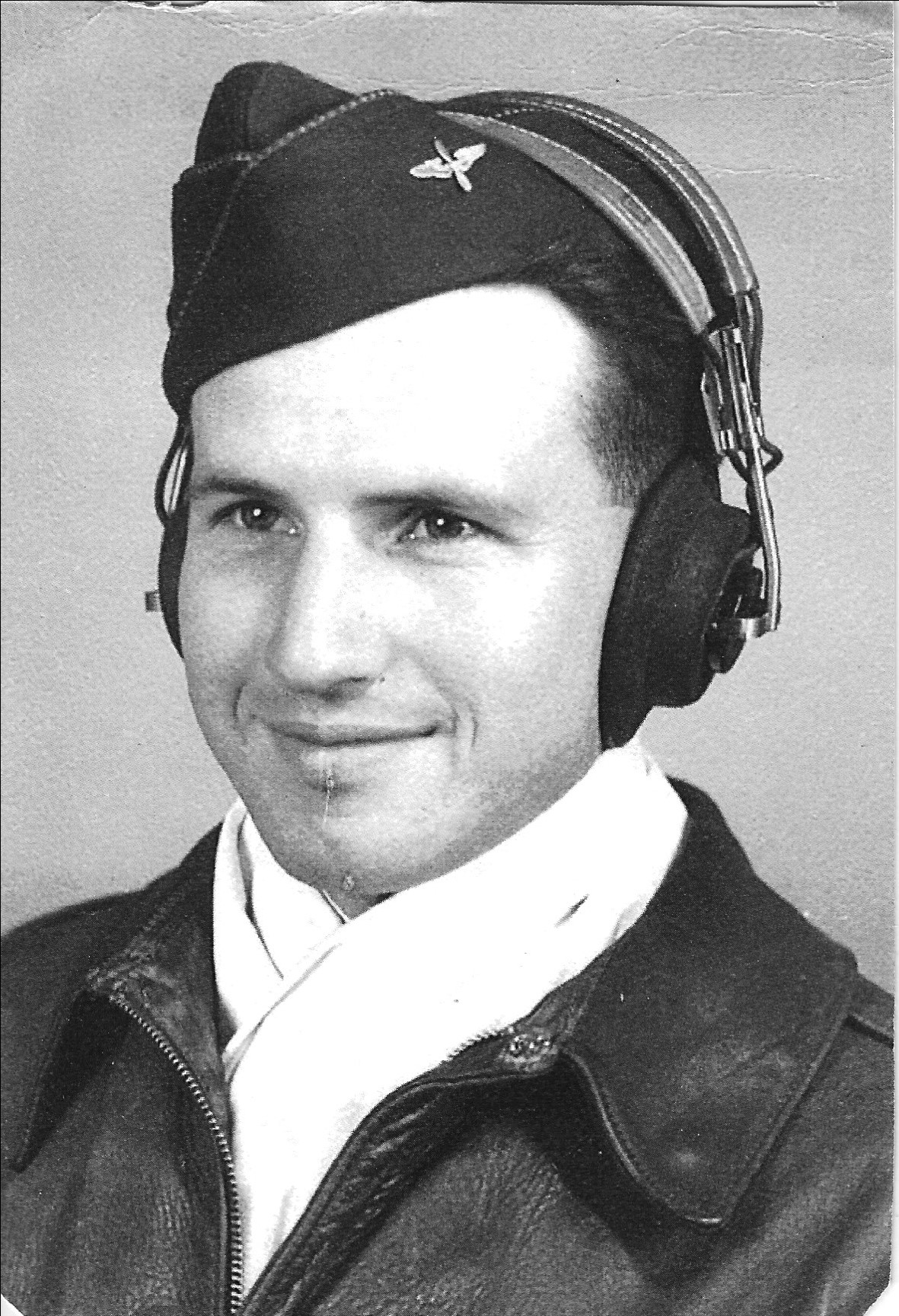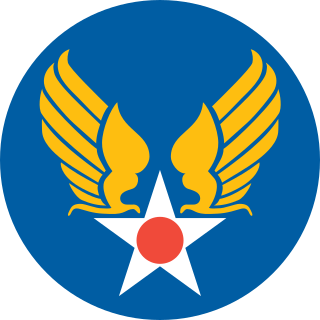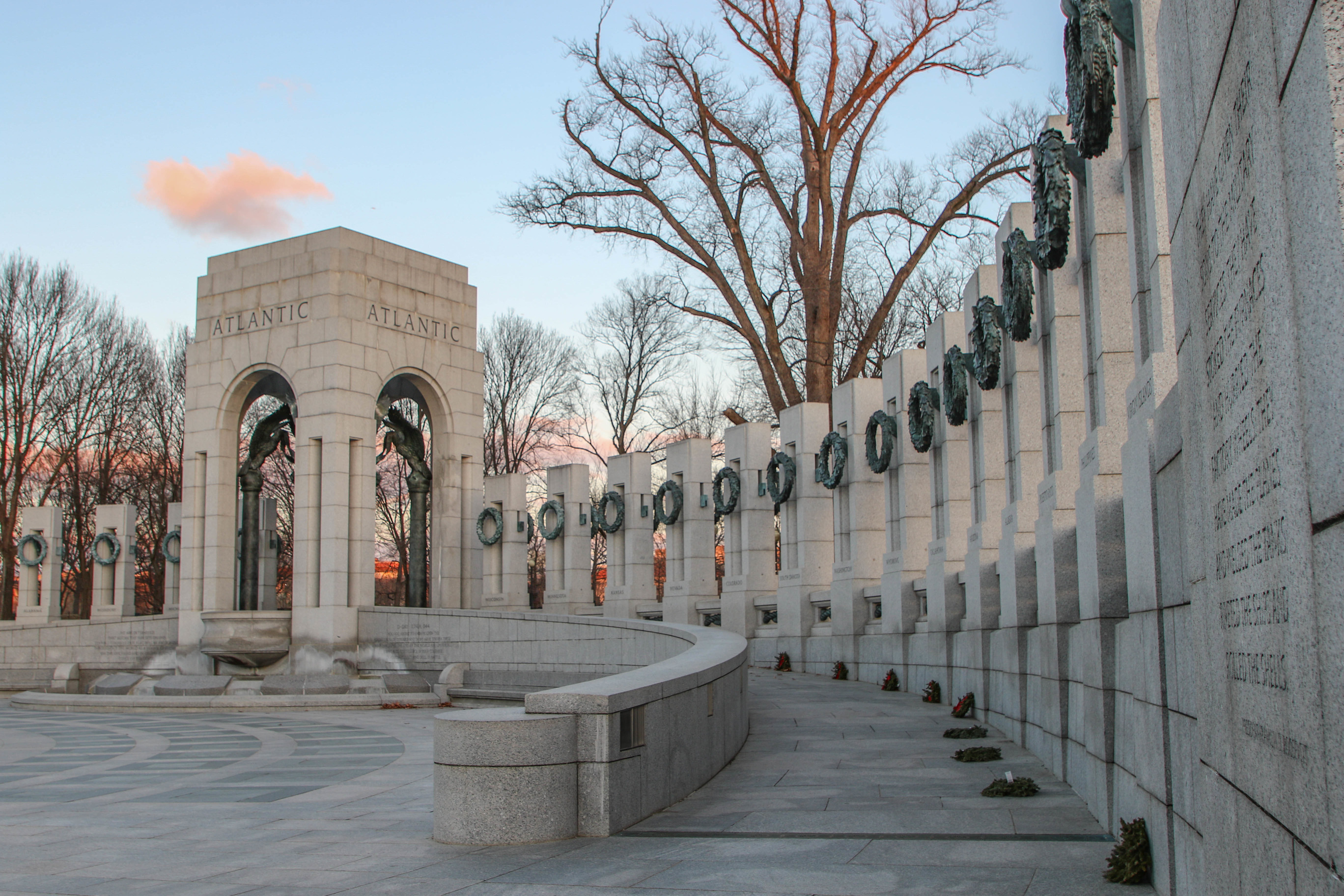World War II Honoree
World War II Veteran

HERMAN ALPHEUS (ALF) WAGGENER, JR.
Branch of Service
U.S. Army Air Force
Hometown
Jackson, Mississippi
Honored By
Pat Waggner Watts
Relationship
daughter

He enlisted in the U.S. Army Air Corps in the fall of 1942. He received his pilot training in California in a PT-22, a BT-13, an AT6-D, and an AT-9. He graduated as part of the Aviation Cadet Advanced Class 4-G at Williams Field, Arizona. He was sent to Muroc, California, (now Edwards Air Force Base) to be checked out in the P-38 Lightning. He was assigned to the 364th Fighter Group, part of the 8th Air Force, and was sent to England early in 1944. He was stationed at the Honington Aerodrome in southeast England. On D-Day, he flew his P-38 (named “SkyFlo” after his wife, Floss) as part of the group assigned to fly low-level cover for the invasion troops. He flew back and forth over the English Channel from dawn until well after dark. After D-Day, the mission changed to interdiction sweeps over France behind German lines, shooting or skip-bombing anything that moved. He said, “We did not bother the farmers in their horse drawn wagons and carts.” He led a flight of eight planes that specialized in finding and destroying trains. In July, 1944, after completing 100 hours of combat flying, he earned a trip to the “flak home.” This was an R&R retreat at a large British estate on the south coast of England that was managed by the American Red Cross. After a week, he returned to his base to discover all the P-38’s were gone. They had been sent to the Pacific Theater. In place of the P-38’s was an entire fleet of P-51 Mustangs. Because he had flown AT-6’s in his training, he was able to master the P-51 Mustang in only one day. While in England, the base commander discovered that he could sing and play the piano. He asked him to form a GI chorus to boost the morale of the troops. This group of men performed not only on the base, but all over the surrounding area. He flew 53 missions over Germany. On one mission, his P-51 Mustang was hit by 40 plus rounds of German anti-aircraft fire (FLAK). His plane was turned upside down. He was able to return it to level flight and bring it back to England. Of the 27 men in his squadron, only he and 6 others survived to return home. He returned to the U.S. in December, 1944. He was awarded the Distinguished Flying Cross and the Air Medal with 4 Oak Leaf Clusters. After WWII, he was able to finish a 26-year career in the US Air Force, achieving the rank of Colonel.
